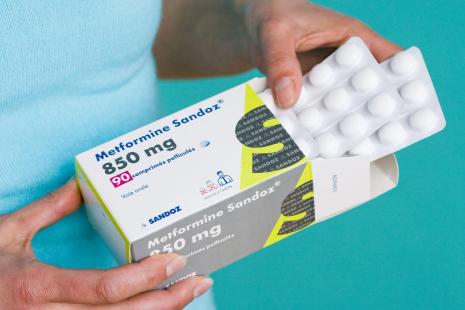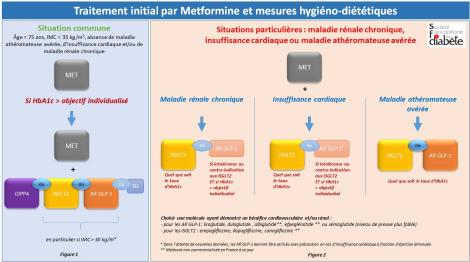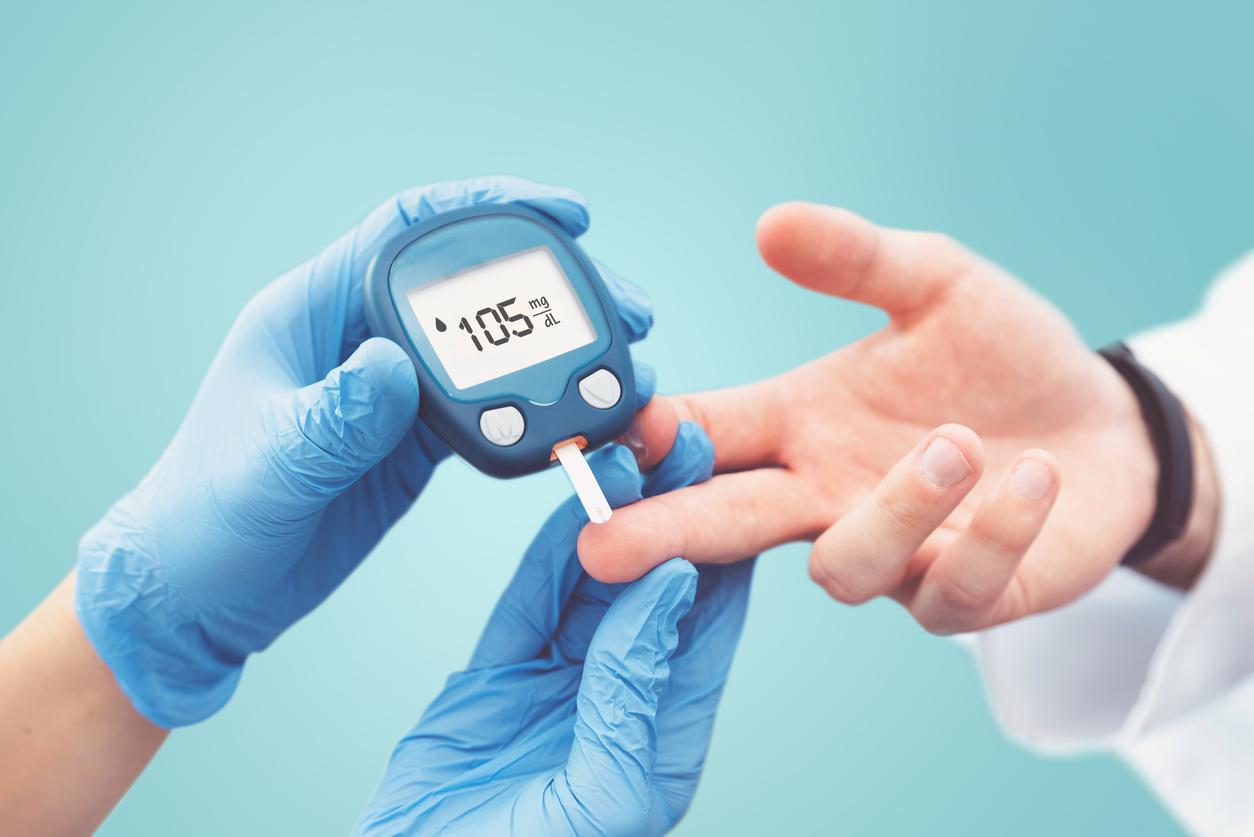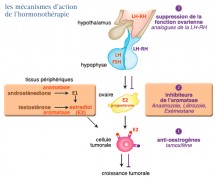THE type 2 diabetes constitutes a major public health issue, affecting millions of people around the world. Conventional treatments, although effective, do not always succeed in meeting the varied needs of patients. In this context, the emergence of next generation treatments offers promising prospects for improving the management of this disease. These therapeutic advances, such as injectable agents such as tirzepatid and other classes of drugs, aim not only to control the blood sugar, but also to restore the physiology of metabolism by targeting specific mechanisms of the body. Thus, these innovations are part of a revolution in the treatment of type 2 diabetes, providing solutions that are potentially more effective and better adapted to the needs of patients.
|
IN BRIEF
|
THE type 2 diabetes represents a major challenge for public health, with an increasing number of cases diagnosed each year. Traditional treatments, such as metformin, are widely used, but the emergence of next-generation treatments offers promising new options. These new agents are characterized by their innovative mechanism of action, aimed at improving blood sugar management and promoting weight loss.
Tirzepatide: a revolution in treatment
THE tirzepatid emerges as a new injectable agent for type 2 diabetic patients. Marketed as Mounjaro in the United States since June 2022, it stands out for its impressive results in reducing levels of blood sugar and weight loss. This medication works primarily by restoring glucose uptake by adipocytes, thereby contributing to the restoration of normal metabolic physiology.
Other new generation treatments
Beyond tirzepatide, other molecules are emerging on the market. THE GLP-1 analogues, such as Ozempic (semaglutide), continue to show significant beneficial effects in terms of glycemic control. These medications, administered by injection, promote insulin secretion and inhibit the release of glucagon, which helps regulate blood sugar levels.
Combined treatment strategies
THE combined treatments also represent a strategic approach in the fight against type 2 diabetes. Patients who are unable to achieve their glycemic goals with a single agent may benefit from therapy combining several classes of drugs, including biguanides and GLP-1 analogues. These combinations make it possible to optimize glycemic control while minimizing side effects.
Towards a better quality of life
The introduction of new generation treatments also aims to improve the quality of life patients. In addition to managing blood sugar levels, these medications encourage weight loss, a key factor in diabetes management. The ability to achieve tangible results can have a positive impact on treatment adherence and patient morale.
Conclusion on new treatments
Advances in treatments for type 2 diabetes are paving the way for more effective management of the disease. New therapeutic options, such as tirzepatide and GLP-1 analogues, offer innovative mechanisms of action and aim to improve not only glycemic control, but also patient well-being. The therapeutic landscape is evolving, and the future of diabetes treatment appears promising.

THE type 2 diabetes constitutes a major public health challenge, involving complex management of blood glucose levels. With the evolution of pharmacological knowledge, new generation treatments are emerging, promising better effectiveness and a reduction in side effects. These drugs, both injectable and oral, represent significant advances in the fight against this metabolic disease, potentially revolutionizing current therapeutic practices.
New injectable drugs
THE injectable agents such as tirzepatide and semaglutide are taking pride of place among new treatment options. Tirzepatide, for example, acts on adipocytes to improve glucose absorption while restoring carbohydrate homeostasis. This medicine, marketed under the name Mounjaro, showed impressive results in reducing HbA1c levels in diabetic patients. Clinical studies indicate that it may also contribute to weight loss, a benefit often sought in this patient population.
GLP-1 analogues
THE GLP-1 analogues, such as Ozempic and Victoza, continue to be among the front lines in the treatment of type 2 diabetes. By stimulating insulin secretion and inhibiting glucagon release, these drugs effectively reduce postprandial glucose levels. Furthermore, they also appear to have a beneficial effect on cardiovascular health, which is crucial for many patients with type 2 diabetes. It is recommended to initiate these treatments in patients who are unable to achieve their glycemic goals. only through lifestyle changes.
Implications of biguanides
THE biguanides, and more particularly metformin, are still considered the first-line treatment for type 2 diabetes. Acting mainly in the liver, they improve insulin sensitivity and reduce hepatic glucose production. Metformin is well tolerated and has a good safety profile, making it a preferred choice. However, as soon as metformin alone does not achieve the HbA1c objective, it is relevant to integrate other classes of drugs such as SGLT2 inhibitors or GLP-1 analogues.
Role of SGLT2 inhibitors
THE SGLT2 inhibitors are another innovative therapeutic class that has shown significant benefits for diabetic patients. These medicines, such as empagliflozin and canagliflozin, promote the excretion of glucose through the urine, helping to reduce blood sugar levels. In addition to their effectiveness in controlling glycoregulation, they also have advantages in terms of cardiovascular and renal protection, making them an ideal option for patients at risk.
Conclusion and general recommendations
As research continues to evolve in the field of type 2 diabetes treatments, it is crucial to tailor care to each patient in a personalized manner. The combination of new drug classes, combined with therapeutic education and regular monitoring, can optimize clinical results and improve patients’ quality of life. Lifestyle change must remain at the heart of the diabetes management strategy, supported by the judicious use of new available treatments.

The treatments of new generation for the type 2 diabetes mark a significant turning point in the management of this pathology. Among these advances, the tirzepatid stands out as a high-performance injectable agent that demonstrates increased effectiveness. Marketed under the name Mounjaro since June 2022 in the United States, it has shown promising results in controlling blood sugar levels and reducing patient body weight, both crucial in the management of type 2 diabetes.
At the same time, other medications such as GLP-1 analogues, like theOzempic (semaglutide), are also at the forefront of current treatments. These medications work by enhancing insulin secretion while decreasing the liver’s production of glucose. Their beneficial effect on weight loss constitutes a major asset, especially in a context where obesity is often associated with type 2 diabetes.
The class of biguanides, with the metformin as a flagship drug, remains the first line of treatment, but once glycemic objectives are not achieved, new therapies represent essential alternatives. These are designed to improve glucose absorption while specifically working on adipocytes, thus showing a targeted treatment adapted to the needs of patients.
These developments in the pharmacological field open up exciting perspectives for patients suffering from type 2 diabetes, offering them more efficient and more suitable options. Research continues to focus on discovering new treatments that could one day transform care and even potentially lead to a cure for type 2 diabetes.









